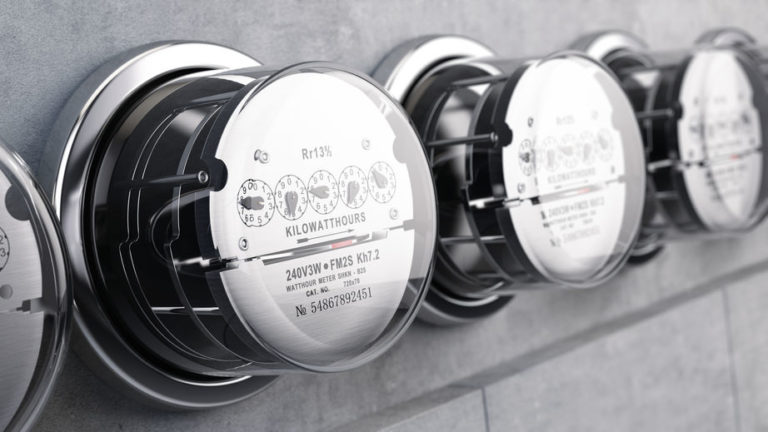As California phases out the use of natural gas, the state government is implementing a significant change to the way electricity bills are calculated, linking them to individuals’ income levels. A law enacted last year summer mandates the California Public Utilities Commission move to a pricing structure that includes a scale based on earnings.
Residents of California now pay for their electricity based on consumption, as well as add ons for grid upgrades, grid failures, wildfire, litigation settlements, and aid provided to low-income customers. These costs are integrated into the per-kilowatt-hour rate.
With the new system, an “income-graduated fixed charges” will be part of the calculation.
California is also implementing new laws banning natural gas in homes. As early as 2027, the state will ban the use of gas-powered water heaters, followed by a ban on gas furnaces in 2029.
These regulations were set in motion as part of California’s comprehensive strategy to combat climate change and reduce pollution. By 2030, no gas-fired furnaces or water heaters will be sold in the state.
In 2019, Berkeley, Calif. passed a ban on gas cooking stoves.
This spring, the Ninth Circuit Court of Appeals court overturned that ban and said that such a ban violates the Energy Policy and Conservation Act of 1975, which states that only the federal government has authority to set energy-efficiency standards for appliances.
Last week, the Berkeley city attorney requested an “en banc” rehearing, which would convene 11 new judges in the Ninth Circuit to rehear the case. Meanwhile, the natural gas stove ban remains in effect in Berkeley.










